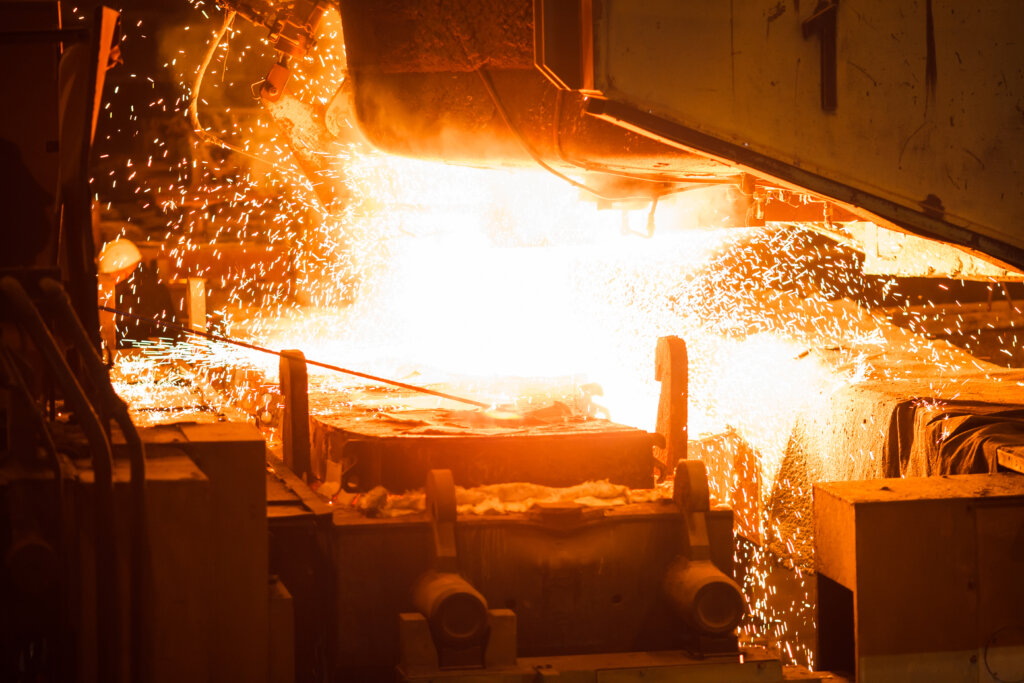Those of us operating in the galvalume market have seen a dramatic shift in availability over the last few months.
As one of our partners said:
“To say the whole thing has taken over my life would be a colossal understatement.”
How did we get here and what do we do now?
Forecasting is tough.
COVID-19’s full economic impact is still unknown. At the end of Q1, sales leaders scrambled to re-forecast, data crunchers tried to model the impact as industry sages tried to make confident predictions in the face of unprecedented times.
The real impact.
While some feared the entire market would be negatively impacted, it turned out that some areas actually saw growth. Headlines were dominated with news of major car plants shutting down, causing mill closures. However, several large galvalume consuming OEMs, particularly in the metal building segment, are reporting year-over-year growth in demand. Fueled by favorable weather, a very robust housing market and the low cost of capital, many projects continued or even began.
Section 232 Tariffs in action.
The impact of 232 Tariffs on imports is well-documented. However, if we look a bit deeper, we can see that it has more significantly impacted the imports of galvalume and made this product relatively more expensive than domestic products. This has changed the buying habits of traders and brokers as they have less cushion to take risks and are now buying more conservatively. Compounding this, importing mills have had to deal with the impacts of COVID-19. This is not simply a math equation of tons in and tons out — this has changed behavior making buyers and sellers more cautious.
When will pricing bottom out?
Trying to predict when prices will be at their lowest is a tricky waiting game. Buying at the bottom can have a significant impact on your business’ bottom line, but it could also cause production lines to shut down and raise prices if no one is buying. It also moves away from the win-win negotiating that is most beneficial to the market long-term. We have seen situational pricing by mills and traders as they get more sophisticated in managing their spreads, with no real winners.
Where do we go from here?
Interestingly, we have also not seen significant end market price changes at the OEM level for these products. Despite reported strong demand and availability challenges, we have seen mill lead times continue to go up with mills and traders walking back on order commitments. Inventory at major market players has depleted and import pricing continues to rise quickly, slowing down import orders and availability as traders are fearful of pulling the trigger.
We also see that demand remains strong in the key market for galvalume. It would appear that some imports are due to arrive by early Q4. However, we don’t know if balanced supply and demand will return soon.
That’s where Reibus comes in. Reibus was designed to help navigate volatility in the market — whether caused by natural disasters, new industry regulations or economic shifts. Our independent, online materials marketplace helps you combat uncertainty to manage your material supply chain when it matters most.
Check out our site www.reibus.com today to see how the largest steel suppliers in the US are currently leveraging our marketplace already. You can also visit our Industry Insights page here to stay up to date with real-time market performance reports and forecasting.



